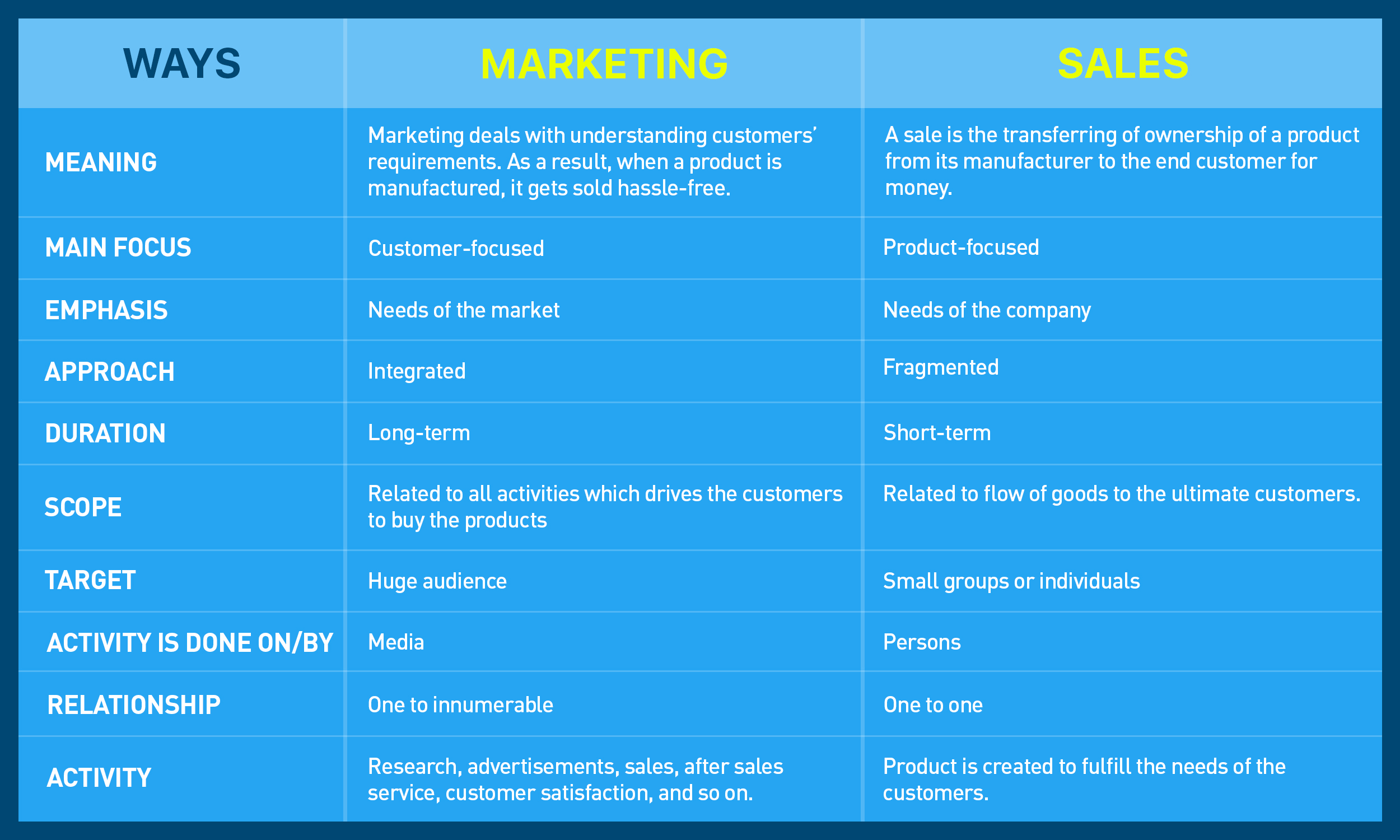A website redesign is time-consuming, involving lots of effort, resources and money. However, when done effectively, it can help boost conversion, improve search rankings, drive traffic, and achieve other marketing goals. The process involved redesigning layouts, improving navigation, updating content, etc., for better website performance. A digital marketing agency can help redesign your website following SEO best practices for better results.
12 SEO Mistakes to Avoid For Website Redesign
An SEO agency in Singapore can guide you about the correct practices you must remember when planning a website redesign. Let’s discuss the SEO mistakes you must avoid when redesigning your website.
Not benchmarking SEO performance
One of the primary SEO mistakes marketers commit during website redesigning is not benchmarking site performance. As a result, after redesigning, they find it challenging to determine whether it has succeeded in changing the ranking, traffic, etc., for the better or worse. You can begin by performing a comprehensive SEO audit. During the audit, measure key areas, such as keyword rankings, CTR, conversion rate, bounce rate, page speed, high-performing landing pages, etc. It will help you develop effective redesigning strategies accordingly. You should consider SEO aspects since the beginning of your redesigning project.
Selecting the wrong CMS
When selecting the content management system or CMS for an optimised website, ensure it has the following features.
- Responsive design to ensure your website works seamlessly across various devices, such as desktop, mobile, tablet, etc.
- The CMS should allow you to add the correct Meta tagging, Schema Markup, etc., to help search engines understand your website’s layout, context, and content.
- The CMS should have in-built analytics functionality or allow you to add the same.
- You should have access to their support team.
- It should have a fast hosting provider to ensure your website has a faster loading speed.
Not keeping your high-performing content
Even if you start from scratch, it would be wise not to remove the high-ranking content with priority keywords. Doing so can cost you inbound links, traffic, and featured snippets that have taken months to build up.
Search engines focus on providing users with the most relevant results based on their search queries. If you change your ranking-ranking content, search engines will re-evaluate it to determine its relevance for the targeted search term. Therefore, if that page doesn’t exist or contains significantly different content, search engines might consider it not offering users any value and demote its rankings. You can check analytics before redesigning your website to identify the high-performing pages with significant conversion and lower bounce rates. It is better to remove them or modify the content entirely. However, if it contains outdated content, you can update it by trying to retain at least the H1 and H2 tags and the core keywords.
Slowing your page loading speed
When redesigning your website, ensure that its page speed does not suffer. Page speed is a crucial search engine ranking factor. A slow page loading speed might cause you to experience a higher bounce rate, as most visitors might choose to abandon your website halfway. Including large uncompressed media files, unnecessary codes, etc., can slow your page loading time. Hence, you need to ensure your redesigned website has a faster page loading speed.
Not redirecting URLs
You need to add redirects for pages with backlinks to ensure driving traffic to their proper address; otherwise, it will cause a bad user experience. Ensure that any pages with new or modified URLs have proper 301 redirects. It will help search engines understand that the page’s content has been permanently moved to a newer address. This way, they will know that the content is not lost and will not serve your audiences 404 errors.
Ignoring the mobile-friendliness of the website
Mobile-friendliness is a key ranking factor for Google. Therefore, your redesigned websites should be mobile-friendly to work effortlessly on various mobile devices. Many users browse the internet through their mobile devices, searching for information, products, services, etc. Making your website mobile-friendly will ensure your business reaches these mobile users, which will further help increase sales and conversion. You can use Google’s Mobile-Friendly Test to check whether your website is mobile-friendly.
Hidden navigation
A critical aspect of website redesign is to ensure it has effective navigation features. Otherwise, it can impact the user experience of your website, which will drive your audiences away from your site to look for information elsewhere. As search engines present customers with multiple options when they search for specific products, services, or information, your website must be easy to navigate to allow users to find what they are looking for easily. Hence, ensure the navigation menu is strategically placed on your website where it can be viewed easily, encouraging audiences to spend more time on your website exploring it.
Outdated XML sitemaps
Adding an updated XML sitemap allows search engine crawlers to find and index your website content faster. After redesigning your website, you should update your sitemap and submit the same immediately to help search engine crawlers understand which pages to prioritise.
Not updating search engines about the domain change
Besides submitting the new sitemap, you need to submit your changed address to Google. The following steps can help you perform the procedure.
- Relocate your content to the new domain
- Next, verify Google Search Console on the new domain
- Finally, submit the changed address in the Google Search Console
Not improving your SEO
All the points discussed above focused on preserving SEO during the website redesigning phase. However, what many marketers fail to do is focus on identifying the SEO weaknesses of their previous website and ensure that your new website doesn’t have the same issues. When investing time, money, and resources, it is only in your best interest to make effective SEO efforts to improve its visibility, ranking, and traffic. In the beginning, we discussed how performing an SEO audit on your website before redesigning can help you identify areas that need improvement or optimisation. Ensure your website doesn’t have issues, such as broken links, duplicate content, missing Metadata, etc.
Blocking search engines by mistake
You can use the robots.txt file in your website to inform search engine crawlers to avoid indexing specific sections of your website. These can be staging, internal, or thank you pages. However, marketers may unintentionally list their website domain within the robots.txt file. Hence, you need to pay proper attention to avoid committing this mistake.
Not making it easier to share content
Social sharing helps improve your web traffic. In addition, it helps generate links to your website and boost conversions. When redesigning your website, you can make it easier for your audiences to share content with the help of the following steps.
- Create and publish shareable content, i.e.; it; it should offer value and not be completely sales-oriented
- Add visuals to make it aesthetically pleasing
- Add social buttons
How Elevan August Media Can Help?
Elevan August Media offers SEO services in Singapore and can help you with website redesigning. Our designers and SEO experts will work together to follow the best SEO practices to help your redesigned websites meet your marketing goals.






